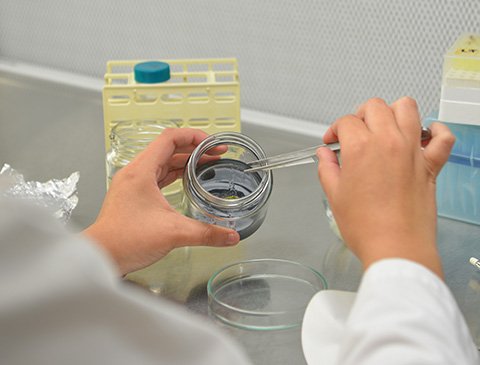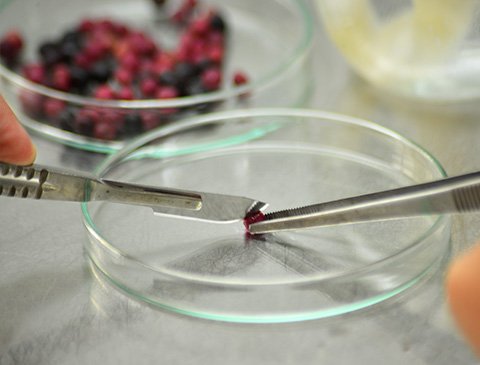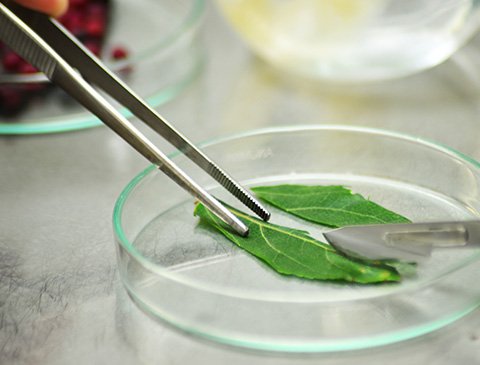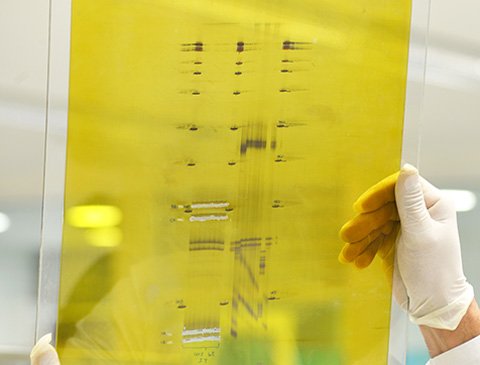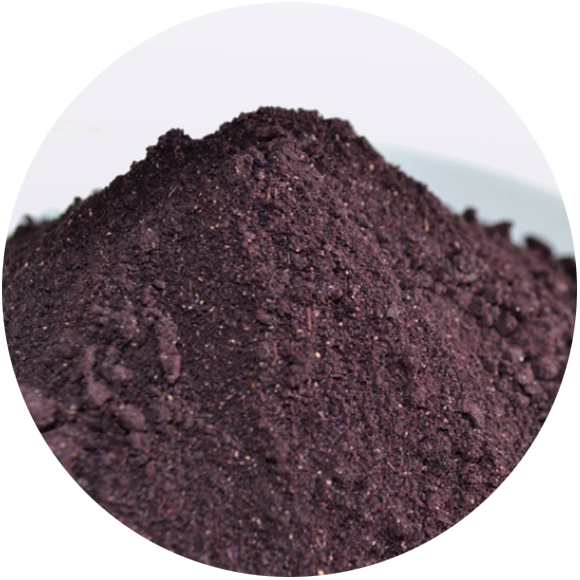
COMPOSITION OF THE MAQUI BERRY
Chemical Composition
It is a rich source of anthocyanins, which is the family of compounds that gives the maqui berry its deep, dark purple color, as well as its high antioxidant capacity.
However, these antioxidants that are common in many fruits, such as blueberries and blackberries, do not tell the whole story. There is something unique and special about the maqui berry that differentiates it from other fruits with high antioxidant levels.
This is the fact that it possesses delphinidins, a group of molecules belonging to the anthocyanins. A recent study demonstrates the numerous properties of delphinidins.
This is important for three reasons:
Delphinidins have an antioxidant capacity that is up to three times higher than the rest of the anthocyanins.
Studies on cell lines determined that delphinidins contain antioxidant activity.
Studies on cell lines determined that delphinidins contain anti-inflammatory activity.
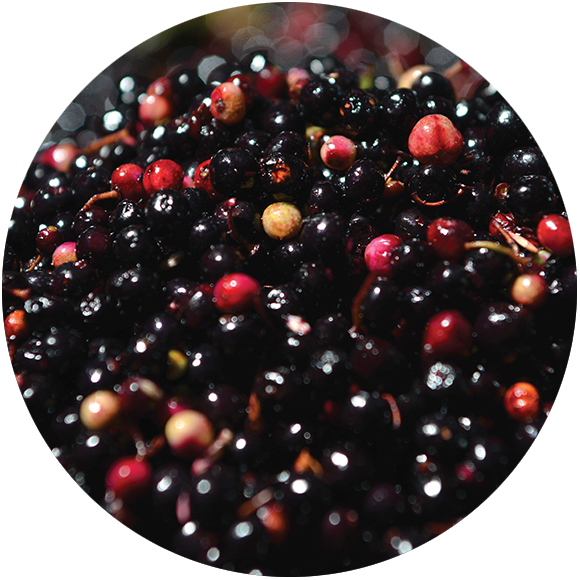
Nutritional Composition
Every 100 g of berries contains 150 calories, 0.8 g of protein, 0.8 g of raw fiber, 1.2 g of ash, 87 mg of calcium, 44 mg of phosphorous, 30.5 mg of iron, and 296 mg of potassium. It also contains a considerable percentage of vitamin C and trace elements, primarily Br, Zn, Cl, Co, Vn, Tn, and Mo 18. Ripe maqui leaves can only be distinguished from the younger ones due to their lower content of potassium and higher content of sodium. It is worth pointing out that the contents of magnesium, chlorine, calcium, titanium, and vanadium do not vary between leaves from plants in areas with differing levels of annual rainfall.


